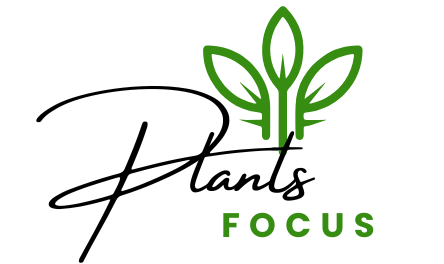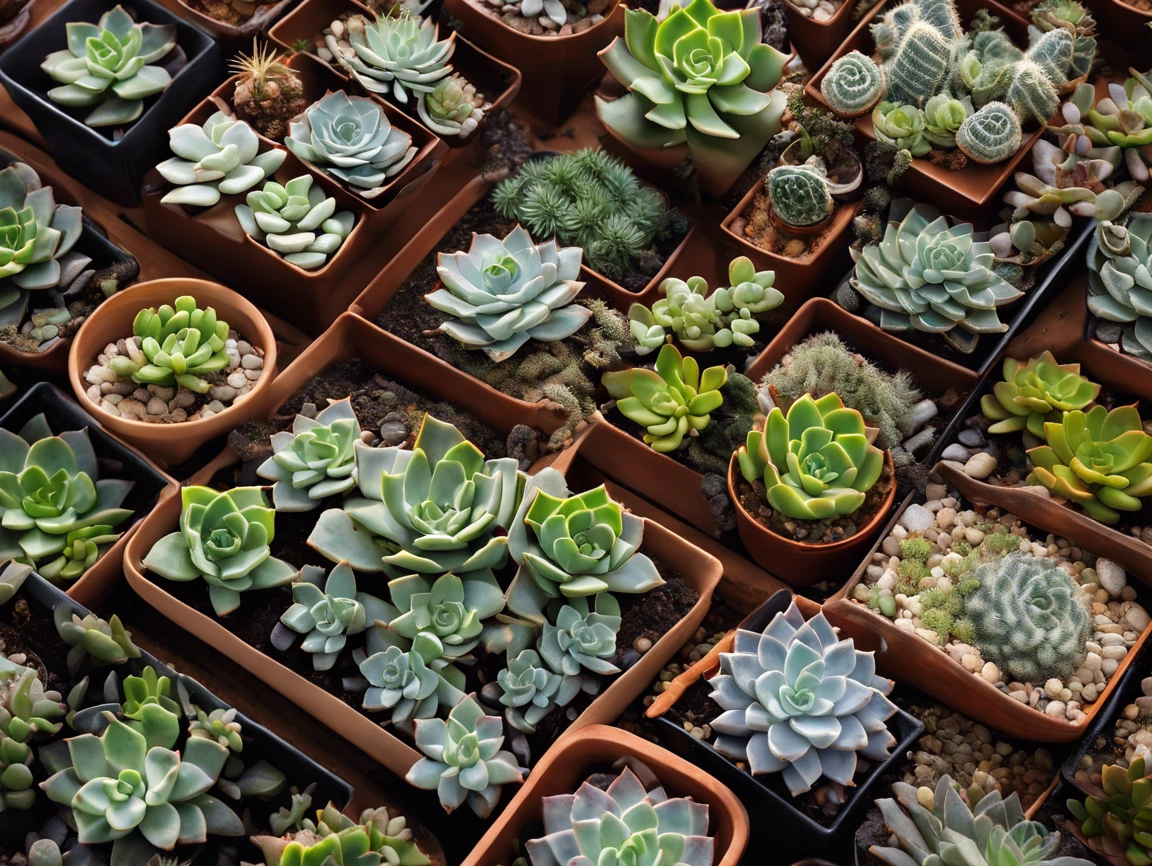Do Succulent Plants Come With Planters And Pots
Succulent plants have become very popular in recent years. They attract both homeowners and gardeners with their unique and easy-to-care-for nature. A common question is: Do these plants usually come with their own planters or pots? The answer is not straightforward, as the packaging and container choices for succulents vary a lot.
This guide will help you understand the world of succulent containers. We’ll look at typical packaging, common materials and sizes, and tips for picking the right planters. Whether you’re new to succulents or already love them, this info will help you choose well. You’ll learn how to create beautiful container gardens that match your planters and garden decor.
Table of Contents
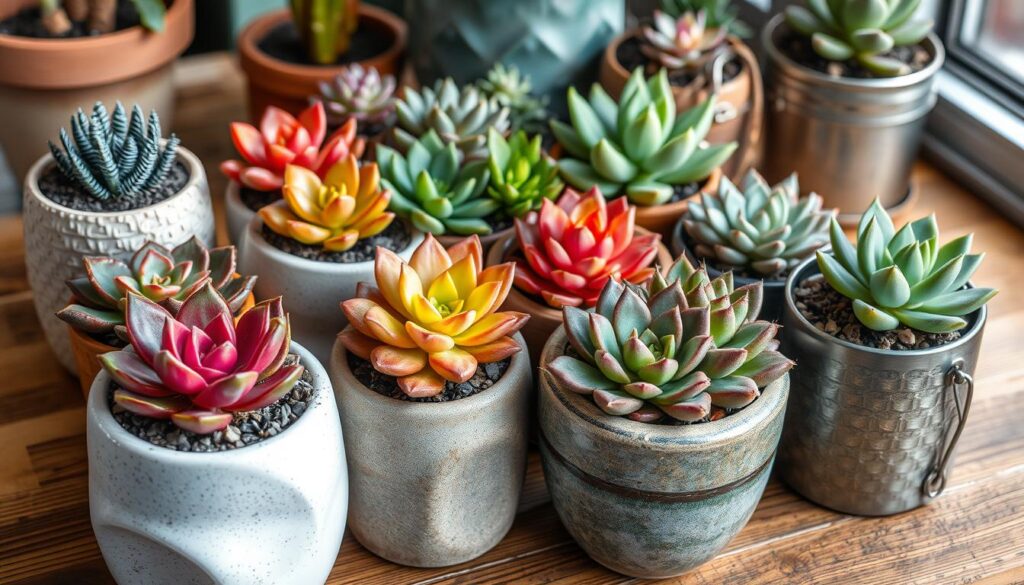
By the end of this article, you’ll know what options you have when buying succulents. You’ll be able to make choices that fit your style and needs. Let’s explore the world of succulent planters and pots together!
Understanding Retail Packaging for Succulents
Shopping for succulents means the packaging is key. It affects how you see and interact with these plants. Knowing about packaging types and standards helps you choose wisely. This is true for gardening tools and seed starters too.
Common Retail Packaging Types
Succulents come in many packaging types. Each type has its own look and benefits. Here are some common ones:
- Individual pots or containers
- Multi-packs or trays
- Hanging baskets or wall-mounted displays
- Terrariums or enclosed environments
Standard Industry Practices
The succulent industry has packaging rules. These rules help keep plants safe and look good. Some common practices include:
- Providing enough drainage and air
- Using strong materials to protect the plants
- Labeling with care tips and plant info
- Keeping plants moist during transport and storage
What to Expect When Purchasing
When buying succulents, know what packaging you’ll see. Retailers offer different ways to present plants. Look at plant size, soil, and condition to choose well.
| Packaging Type | Advantages | Considerations |
|---|---|---|
| Individual Pots | Easy to check plant health, flexible placement | May cost more, risk of root damage during transport |
| Multi-packs | Cost-effective, great for starting a collection | Hard to check each plant, risk of overcrowding |
| Hanging Baskets | Unique display, saves space, catches the eye | Needs special care and watering, can be delicate |
| Terrariums | Keeps moisture, protects environment | Hard to check plants, risk of overgrowth |
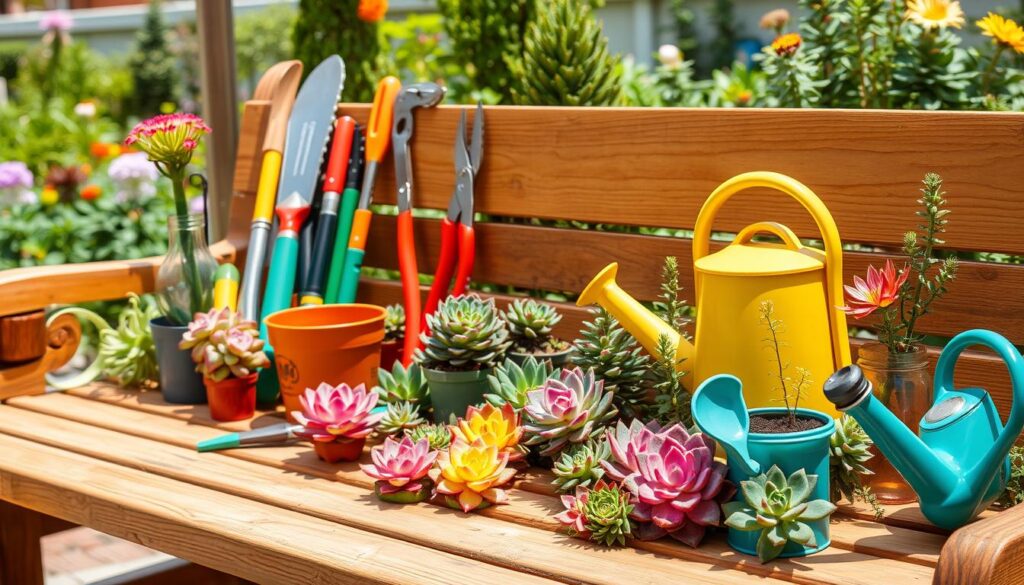
“Understanding the packaging options for succulents can help you make the best choices for your home and garden.”
Buying Bare Root vs. Potted Succulents
When you buy succulents, you can choose between bare root or potted ones. Each has its own good points and things to think about. Let’s look at the pros and cons to help you decide.
Bare Root Succulents
Bare root succulents are sold without soil or a pot. This is good for a few reasons:
- They cost less than potted ones.
- They’re easier to ship because they’re lighter.
- You can pick the perfect potting mix and raised bed for them.
But, bare root succulents need more work at first. You must prepare the roots and give them the right place to grow.
Potted Succulents
Potted succulents are already in a pot. They have some benefits:
- They’re ready to go right away, no planting needed.
- They’re less likely to get shocked when moved.
- They come with a potting mix and pot, making things easier.
The main downside is they cost more than bare root ones.
| Bare Root Succulents | Potted Succulents |
|---|---|
| Lower cost | Higher initial cost |
| Easier shipping | Reduced risk of transplant shock |
| Customizable planting | Easier care (pre-selected soil and container) |
| Require more preparation | Instant gratification |
Choosing between bare root and potted succulents depends on your budget, experience, and what you like. Think about what you need and want for your succulents.
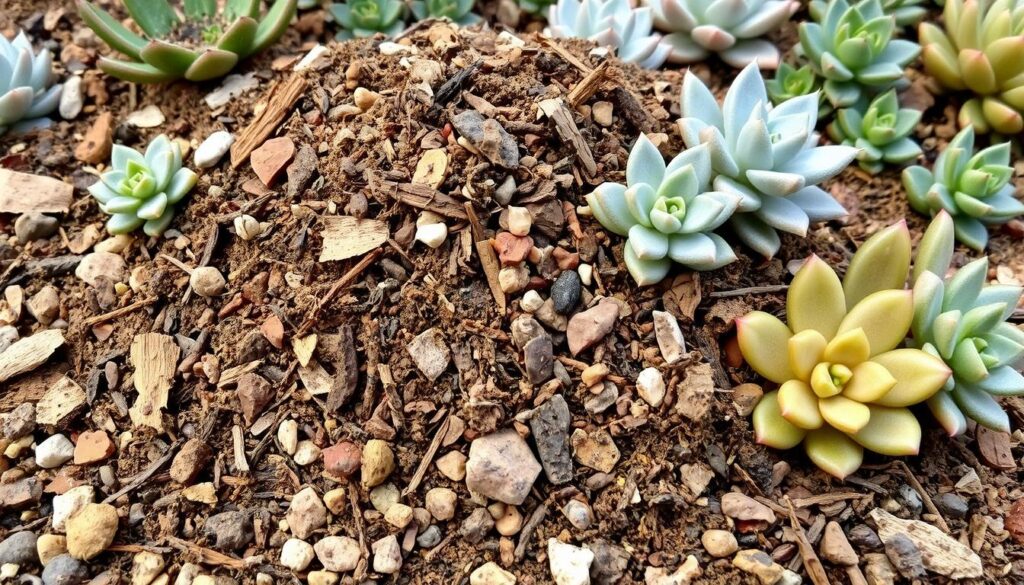
“Succulents are the perfect plant for beginner gardeners, as they are relatively low-maintenance and can thrive in a variety of conditions.”
Essential Planters and Container Options
Choosing the right planters and container gardens is key for healthy plants. We’ll cover drainage, materials, and size to help your succulents flourish.
Drainage Requirements
Succulents hate too much water, so good drainage is essential. Find planters with lots of holes at the bottom for water to drain. Stay away from containers without holes to prevent root rot.
Material Considerations
- Terracotta: It’s porous, letting soil breathe and water evaporate. Terracotta is great for container gardens.
- Ceramic: Glazed ceramic offers many colors and styles. Make sure they have drainage holes.
- Plastic: It’s light and cheap, but not as breathable as natural materials.
Size Guidelines
Choose a planter that’s just a bit bigger than your succulent’s roots. This prevents overcrowding. A 4-6 inch diameter is usually perfect for most succulents.
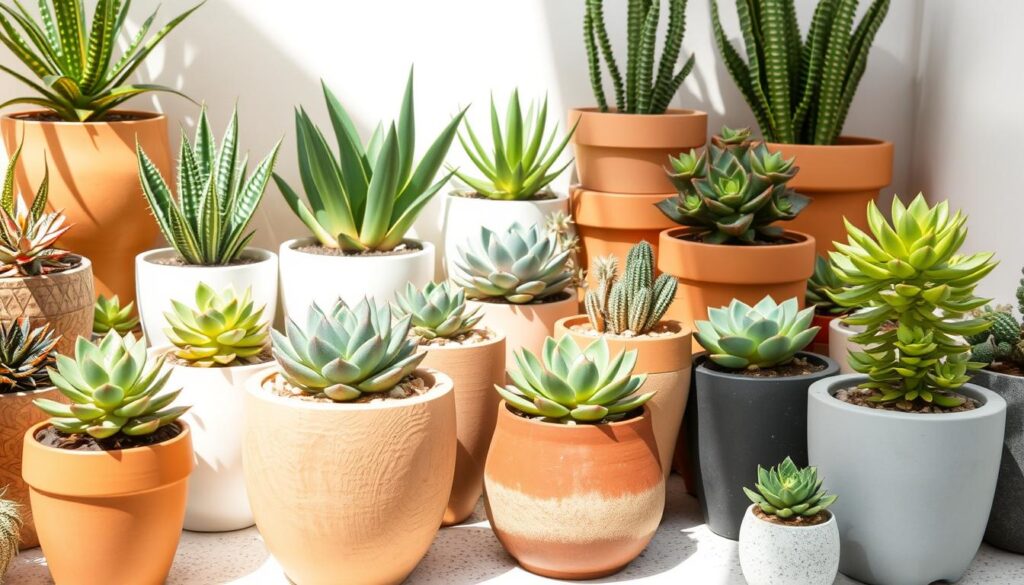
Keep these tips in mind to ensure your succulents thrive. You’ll create beautiful container gardens that last for years.
Online vs. In-Store Succulent Shopping Experience
Gardeners today can choose between online and in-store shopping for succulents. Each has its own benefits and things to consider. It’s important to think about these before deciding.
Online shopping is very convenient. You can look at many succulents and accessories from home. Websites often have lots of details, reviews, and advice to help you pick the right plants. But, there’s a risk of damage during shipping and you can’t see the plants in person.
In-store shopping lets you touch and see the succulents first. This is great for beginners, as you can check the plant’s health and size. Local nurseries also offer personalized help and advice from experts.
Choosing between online and in-store shopping depends on what you prefer and your gardening needs. Think about your budget, time, and goals to make the best choice for you.
| Online Shopping | In-Store Shopping |
|---|---|
| Convenient access to a wider selection of greenhouse accessories and hydroponics systems Ability to browse and research products from the comfort of your home Potential for lower prices and sales | Opportunity to physically inspect and handle the plants before purchase Personalized guidance and advice from knowledgeable staff Immediate possession of the plants, no waiting for shipping |
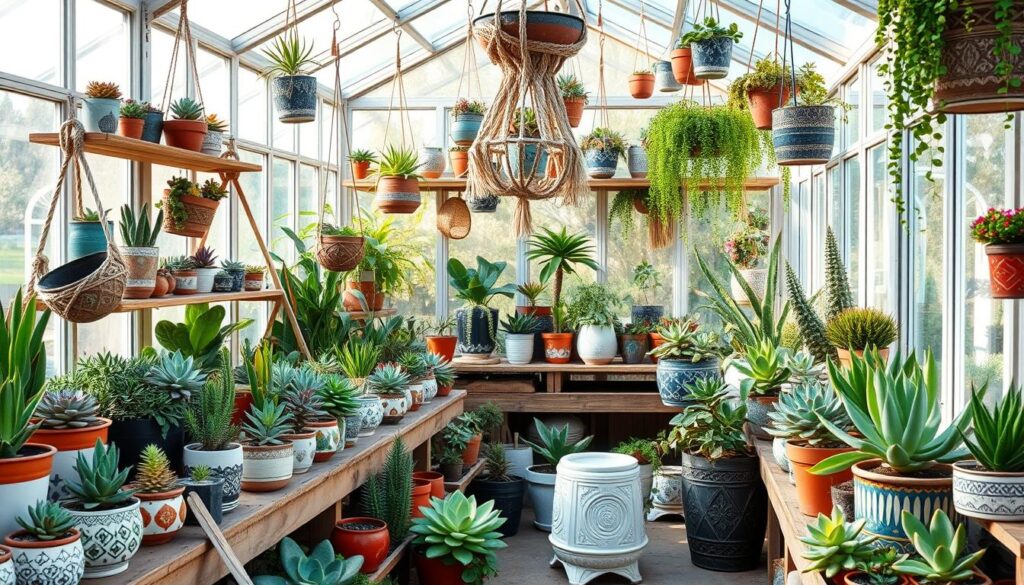
“The convenience of online shopping is undeniable, but there’s nothing quite like the tactile experience of selecting your succulents in person.”
The choice between online and in-store shopping is up to you. You might find the best option is a mix of both. Think about what you need and prefer to make the best choice for your garden.
Specialty Garden Centers and Their Packaging Methods
Shopping for succulents at specialty garden centers is a special treat. These places focus on top-notch packaging and presentation. They offer premium options that make buying succulents a better experience. Let’s look at the unique packaging and services you’ll find at these centers.
Premium Packaging Options
Specialty garden centers know how important looks are in garden decor. They use sleek, modern containers to show off the beauty of their succulents. You’ll find stylish terrariums and unique ceramic pots that add elegance to your purchase.
Value-Added Services
These centers are more than just stores. They offer many services to make your experience better. Some of these include:
- Personalized plant care tips
- Help with composting bins and garden decor
- Workshops and classes on growing succulents and terrariums
- Loyalty programs and special discounts
By offering these services, specialty garden centers show they care about your success with succulents.
| Packaging Feature | Specialty Garden Center | Big-Box Retailer |
|---|---|---|
| Container Options | Artisanal pots, terrariums, and unique designs | Basic plastic or terracotta pots |
| Labeling and Information | Detailed care instructions and plant identification | Limited or generic labeling |
| Customer Support | Knowledgeable staff, workshops, and personalized guidance | Minimal staff assistance and limited educational resources |
Choosing specialty garden centers can make your succulent-growing journey better. You’ll get to enjoy premium packaging and services made just for you.
DIY Container Gardens for Succulents
Creating your own DIY container gardens for succulents is rewarding and cost-effective. With a few simple tips, you can make stunning and thriving succulent displays. These will brighten up any indoor or outdoor space.
First, pick the right planters. Choose containers with drainage holes to avoid waterlogging. This is bad for succulents. Go for unglazed terracotta pots or decorative ceramic containers that match your style.
- Use a well-draining potting mix made for succulents and cacti. These mixes have perlite, pumice, and sand for good soil aeration and moisture.
- Place your succulents in the container, thinking about their size and growth. Group plants with similar needs together for the best look.
- Finish with decorative gravel or stones on top. This adds interest and helps keep the soil moist.
With creativity and attention to detail, your DIY succulent garden will flourish. It will add low-maintenance beauty to your space.
“Succulents are the perfect choice for DIY container gardens – they’re eye-catching, easy to care for, and you can get really creative with how you display them.”
The Right Potting Mix for Your New Succulents
Choosing the right potting mix is key for your succulent plants. The soil’s makeup is crucial for their health and growth. Let’s look at what makes a perfect potting mix for your succulents.
Soil Composition Requirements
Succulents need well-draining, nutrient-rich soil. The best mix should have:
- Inorganic materials like perlite, pumice, or coarse sand for better drainage
- Organic matter such as compost or coco coir for nutrients
- A bit of clay or loam to hold moisture without being too wet
Commercial vs. Homemade Mixes
You can pick a pre-made potting mix or make your own. Commercial mixes are easy to find and made for succulents. But, making your own gardening tools lets you tailor the mix to your plants’ needs.
| Commercial Potting Mix | Homemade Potting Mix |
|---|---|
| Consistent quality and composition Time-saving, ready-to-use solution May contain additional nutrients or amendments | Allows for customization to specific needs Can be more cost-effective in the long run Provides a sense of personal involvement and control |
Choosing between commercial and homemade potting mix depends on your preference, budget, and plant needs.
Proper Transplanting Techniques for Store-Bought Succulents
Transplanting succulents can be tricky, but with the right tools, it’s easier. First, get your gardening tools ready. You’ll need clean, sharp pruners, a trowel, and a seed starter tray or container.
Tools Needed
Having the right tools is key for transplanting succulents. You’ll need pruners, a trowel, and maybe a small brush. This brush helps remove extra soil from the roots.
Step-by-Step Process
Start by carefully taking the succulent out of its old container. Be gentle with the roots. Loosen the soil and use a trowel if needed.
Once it’s out, check the roots. Remove any damaged or dead parts. Then, prepare your new container with well-draining potting mix or seed starter soil.
Put the succulent in the new container, making sure the roots are right. Add more potting mix around it, but don’t pack it too hard. Water it a little, and watch it grow in its new home!
FAQ
Do succulent plants come with planters and pots?
Succulents can come in different packages. Some are sold in pots, while others are bare root. Always check what’s included when you buy succulents.
What are the common retail packaging types for succulents?
Succulents are packaged in several ways. You might find them in plastic trays, cardboard boxes, or individual pots. Most are sold potted, but bare root options are also available.
What can I expect when purchasing succulents at different retail outlets?
Big box stores usually sell succulents in plastic trays or pods. They might include a basic planter. Specialty nurseries offer succulents in individual pots with care tips.
What are the pros and cons of buying bare root vs. potted succulents?
Bare root succulents are cheaper and let you pick your planter. But, they need extra care when planting. Potted succulents are easier to care for but cost more. Choose based on your gardening level and setup.
What kind of planters or containers work best for succulents?
Succulents need containers with good drainage. Terra cotta, ceramic, or plastic pots are good choices. Make sure the pot is big enough for the plant’s roots. Pick a planter that fits your style.
What are the benefits of purchasing succulents from specialty garden centers?
Garden centers have more succulent varieties and better packaging. They offer decorative planters and care advice. This helps your succulents thrive.
How can I create my own DIY container garden for succulents?
Making a DIY succulent garden is fun. Choose a planter like a terra cotta pot. Use a mix made for succulents and arrange the plants nicely. Add rocks or shells for decoration.
What kind of potting mix is best for my new succulents?
Succulents need a mix that drains well. Use a commercial mix or make your own with perlite, sand, and compost. Avoid regular potting soil to prevent root rot.
How do I properly transplant store-bought succulents?
Transplanting succulents needs the right tools. Use a clean knife or scissors and a good potting mix. Carefully remove the plant and plant it in the new container. Water sparingly to avoid too much water.
